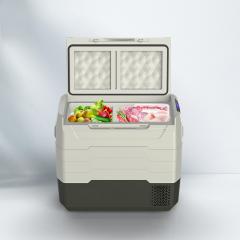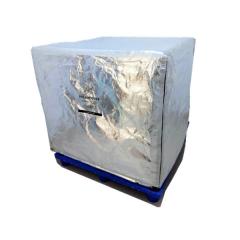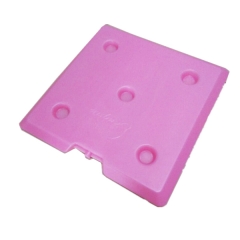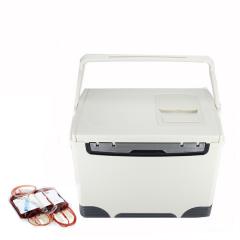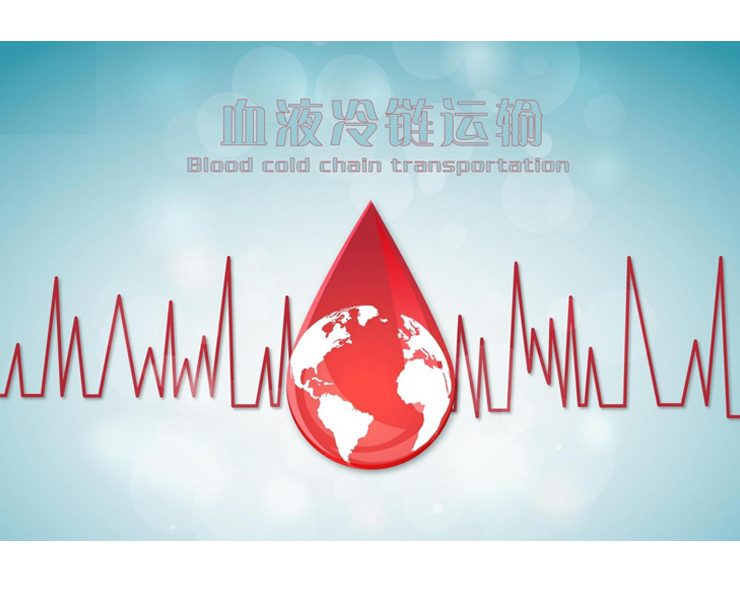
Blood is familiar and unfamiliar to ordinary people. Blood occupies 7% of the body's weight. Although the proportion is not large, it is indispensable. It is responsible for transporting nutrients and oxygen to maintain vital signs, and resisting the immune function of foreign bacteria. Blood contains plasma and blood cells. Blood cells include red blood cells, white blood cells and platelets.
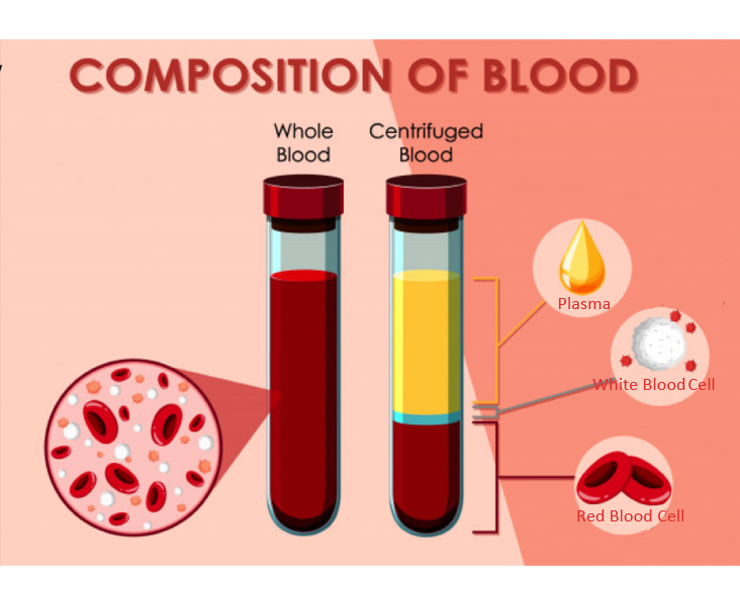 After separating and processing theeffective components of blood , the types of blood products are more diverse. Commonly used blood component products are: ① Cell preparation:. Red blood cell concentration and red blood cell washing: ② Platelet concentration suspension ③ Cell suspension ④ Fresh frozen plasma and cryoprecipitated plasma: ⑤ Other blood products: such as 5% albumin, anti-hemophilia globulin concentrate, fibrinogen, anti-sapphire Pseudomonas plasma, etc. As a special product, blood must be strictly controlled in temperature in order to ensure its quality. According to the requirements of relevant regulations, the storage facilities of medical institutions should be intact; 24-hour monitoring records of blood cold storage temperature should be made. The blood refrigerator must have high and low temperature alarm devices and automatic temperature recording, or regular temperature measurement and detailed records and trace ability.
After separating and processing theeffective components of blood , the types of blood products are more diverse. Commonly used blood component products are: ① Cell preparation:. Red blood cell concentration and red blood cell washing: ② Platelet concentration suspension ③ Cell suspension ④ Fresh frozen plasma and cryoprecipitated plasma: ⑤ Other blood products: such as 5% albumin, anti-hemophilia globulin concentrate, fibrinogen, anti-sapphire Pseudomonas plasma, etc. As a special product, blood must be strictly controlled in temperature in order to ensure its quality. According to the requirements of relevant regulations, the storage facilities of medical institutions should be intact; 24-hour monitoring records of blood cold storage temperature should be made. The blood refrigerator must have high and low temperature alarm devices and automatic temperature recording, or regular temperature measurement and detailed records and trace ability.
First, let's use the following table to understand the safe storage temperature of various blood products.
|
platelets |
+20°C to +24°C |
+21℃ |
Slight shaking |
|
whole blood |
+2°C to +8°C
|
+5℃ |
Do not freeze
|
|
red cells |
|||
|
CRC |
|||
|
WRC |
|||
|
LPRC |
|||
|
plasma |
|||
|
Frozen red blood cells |
<-25°C |
-25℃ |
Always keep frozen solid, do not heat more than 37 degrees Celsius when thawing |
|
FFP |
|||
|
Cryo |
|||
|
FP |
1. Blood must always be stored between +2℃~+8℃, this temperature can minimize the growth bacteria in the blood, otherwise it will cause the fatal danger of blood transfusion. The lower limit of 2°C is also important. Red blood cells are very sensitive to freezing. If they are frozen, the red blood cells will be destroyed and hemolyzed, which is fatal.
2. Do not freeze red blood cells and whole blood.
3. Fresh frozen plasma should be stored at -20°C or lower, and it must always be frozen
4. Blood and plasma should be checked for hemolysis, contamination or other signs of deterioration before transportation, when they reach the blood bank, and before bleeding. If there are any signs of deterioration, this blood or plasma must be discarded. 5. The blood rarely needs to be heated. If necessary, the temperature should not exceed 37°C. Do not melt fresh frozen plasma at a water temperature above 37°C. Once melted, it must be stored in the refrigerator between +2℃~+8℃ and used for infusion within 24 hours.
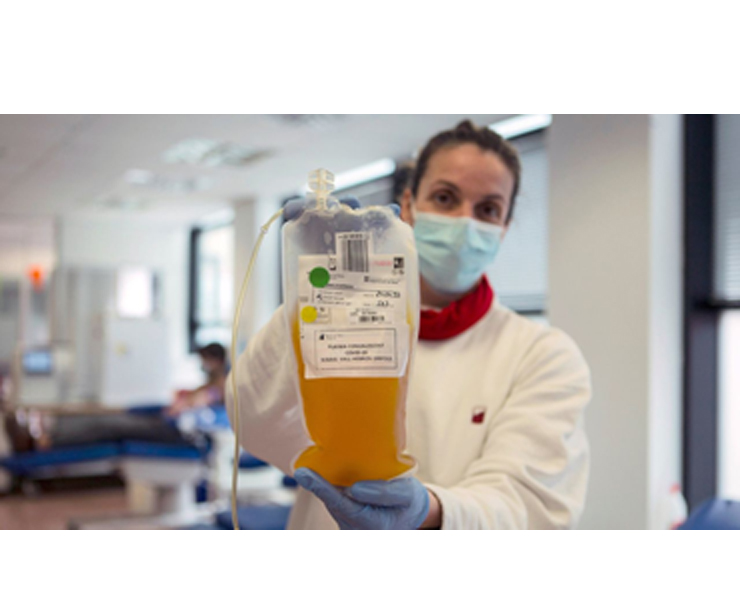
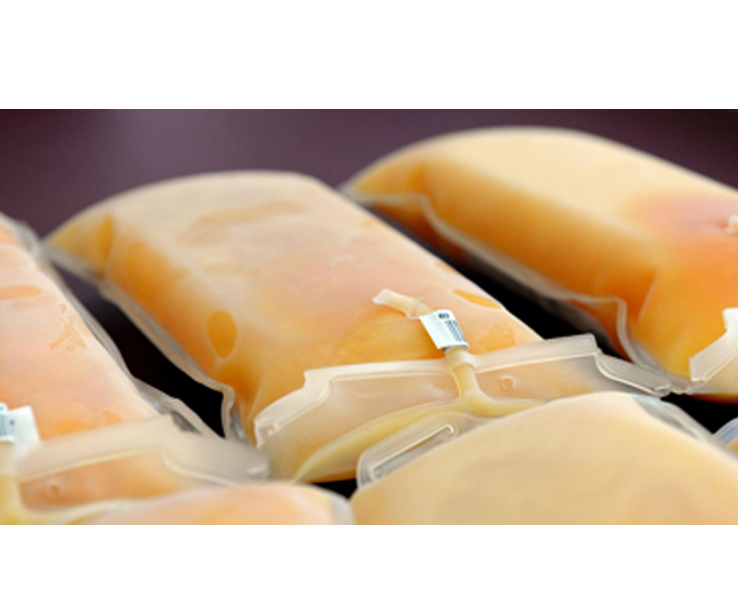
Blood transportation also bears important responsibilities, and the requirements for transportation methods and blood transportation boxes are also very strict. Generally, refrigerated trucks or blood transportation boxes are used for the whole cold chain transportation. The refrigerated trucks or blood transportation boxes must be equipped with GPRS whole-process monitoring. The thermometer and hygrometer are implemented to monitor the blood temperature in the box. The requirements for the blood transport box are as follows:
First.The appearance and inner wall requirements are as follows:
1. The box body is sealed as a whole after the cover is closed, which can prevent dust, rain and skid.
2. The appearance of the cabinet and the surface of the inner wall are smooth and flat without cracks, whichcan prevent liquid leakage
3. The tank should be kept clean before loading blood, and it should be easy to disinfect and clean
4. Box material: It should be ensured that the box body is not deformed under normal conditions of use, and the internal material does not spontaneously generate harmful gases .
Sencondly,The thermal insulation performance requirements are as follows
1.There should be no obvious condensation on the outer surface of the transport box when loading objects at 4°C-20°C
2.Temperature control: use phase change ice boxes with different phase change points to control the safe transportation temperature required for different blood products, such as whole blood, red blood cells can use plus 5 degrees PCM, platelets can use plus 21 degrees PCM, transport frozen For plasma and cryoprecipitation, use PCM with a temperature of -18 degrees or below to control the temperature.
Our self-developed [Polarbox No. 1] safe cold chain transport box can fully meet the safe temperature requirements for blood transportation. The volume of the small-batch transport box can be selected from 12L to 210L. It is matched with our special high-performance PCM ice box. Realize the temperature control requirements of different temperature sections of the blood. The Cooler box is also equipped with a GPRS positioning and real-time data transmission temperature and humidity recorder. The whole temperature can be monitored and traced, trustworthy and precise temperature control, truly realizing the continuous chain of the entire blood cold chain transportation .
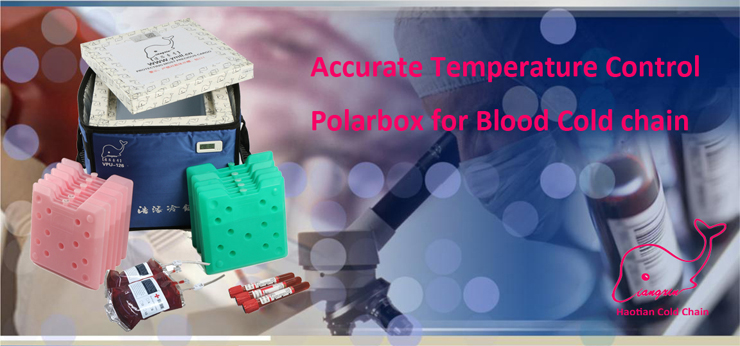

 English
English  français
français русский
русский italiano
italiano español
español português
português العربية
العربية 日本語
日本語 한국의
한국의 magyar
magyar





